From yesterday to today
Sous-titre
From BCRA to the DGSE

From the BCRA to the DGSE, from yesterday to today… The French intelligence services have successfully evolved to adapt to new missions. While this has meant reforming the organisations to keep them efficient, the principles that guide them have remained intact. Subject to political power, the intelligence services have seen their capacities evolve to ensure they can carry out their missions and face an ever-changing sequence of threats. The organisational principles and strategic choices are still there, but the resources deployed and the missions themselves have changed. Evolutions in France's geopolitical context and the challenges it faces, the decolonisation process, the end of the Cold War, technological revolutions and the development of terrorist threats have led the Service to keep changing in response to security needs. At the same time, the choice to conserve a single, integrated structure has been constantly confirmed, and continues to offer France a high level of clandestine obstruction and operation.
Every period brings its own threats, and the intelligence services have to adapt constantly to confront them. Describing the genealogy that has led from the Bureau central de renseignements et d'action to the Direction générale de la sécurité extérieure is a way of paying homage to the actions of our predecessors, but also of recalling the constancy and meaning of our commitment to serving the security of France and its citizens.
An intelligence service like the Direction générale de la sécurité extérieure (DGSE, Directorate General of Exterior Security), whose activities by their nature are focused on understanding the present and anticipating the future, may have a tendency to neglect its past. But today, the DGSE is rediscovering its history, partly because of the need of the young generation of the Service's staff to understand its past, its actions and its modes of operation over the long term and to situate their own commitment as a continuation of their predecessors'.
The DGSE is proud of its parentage in previous special services, including those of Free France, born in London on 1 July 1940, which the collective memory has retained under the name of the Bureau central de renseignements et d'action (BCRA, Central Bureau of Intelligence and Operations). Illustrating this process of reappropriating its past, the DGSE was keen to salute the 70th anniversary of the BCRA's foundation on 17 January 2012. The anniversary was marked with a solemn ceremony in the Cour d'honneur des Invalides, presided over by the Minister of Defence, Gérard Longuet, involving the DGSE's civilian and military staff and former BCRA agents, such as Stéphane Hessel and Daniel Cordier.
The ceremony symbolically marked the passing of the intelligence baton from the wartime generation to today's DGSE agents, proud to nurture the memory of the 129 Compagnons de la Libération (recipients of the ”Companion of the Liberation” honour) who belonged to the BCRA.
The link between the BCRA and the DGSE is obvious, despite the changes of location and name, the adaptation of the Service's missions and the evolution of its legal framework.
From St James' Square to Boulevard Mortier: 75 years of history
In London, the BCRA was based first of all in premises in St James' Square, which it quickly outgrew. The service moved to 10 Duke Street, near Oxford Street, an office building that originally had twenty-seven rooms, described by Colonel Passy as ”an old building with shabby walls”.
The expansion of its missions forced Colonel Passy to take on a bigger and bigger staff. Short of space once again, they gradually colonised the neighbouring buildings, including numbers 6 to 8 Duke Street.
In November 1943, under the name of the Direction générale des services spéciaux (DGSS, Directorate General of Special Services), the BCRA merged with the special services created under the authority of General Giraud in Algiers, the heirs to the military intelligence services that predated the defeat of 1940.
The landings in France and the liberation of Paris naturally led the service to resettle in the capital. On 25 August 1944, it took possession of the Hôtel Majestic in Avenue Kléber and the building at 2 Boulevard Suchet, previously occupied by the Kriegsmarine.
On 26 October 1944, the DGSS gave way to the Direction générale des études et recherches (DGER, Directorate General of Studies and Research). The service had a plentiful supply of staff, having absorbed personnel and resources built up during the war. In fact at this point the DGER consisted of over 10,000 agents, 123 buildings and 1400 cars…
The service had to be readapted to a world at peace, but new tensions soon arose. Colonel Passy knuckled down to the job of reorganisation and drastically reducing staffing levels. The goal was to equip France with a tailored intelligence service, taking inspiration from the lessons of the British model. The Service de documentation extérieure et de contre-espionage (SDECE, External Documentation and Counter-Espionage Service), which emerged in 1946, thus had more moderate staffing levels: 880 civilian, 600 military and 750 contractual employees. The SDECE set up its base in Boulevard Mortier, where it has remained, only changing its name in 1982 to become the DGSE.
Structural reform, continuity of principles
At the request of General de Gaulle, Colonel Passy reorganised the external intelligence service in 1945, taking inspiration from the strengths of the BCRA and retaining two essential organisational principles that still apply today.
The first was the unitary, integrated nature of the Service: the strength of the BCRA came from the unity of its structure. A single service coordinated all the external intelligence activities and clandestine operations. It had all the capacities necessary (human, technical and operational) under the same leadership for increased efficiency and responsiveness. This principle was maintained and is even stronger today in the DGSE. Thanks to its integrated nature, the Service compensates for its relatively small numbers (compared with its British and German partners, for example) with a level of responsiveness arising from the integration of its human, technical and operational sources positioned close to its analysts and its in-house capacity for clandestine obstruction and operations.
The second characteristic was that the Service reports to the political authorities rather than the armed forces. The Service should be seen as a civilian organisation, separate from any military staff. The SDECE was thus placed directly under the authority of the President of the Council until General de Gaulle reconsidered this decision partially in 1966, placing the Service instead under the Ministry of Defence. These principles remain intangible. But to stay efficient and relevant, the DGSE has had to adapt.
The missions and resources of the service
Born from the experience of the Resistance's clandestine struggle, the Service first had to adapt to France's geopolitical situation. Involved in the wars in Indochina and Algeria, it pursued its missions in the context of the Cold War, collecting intelligence on the Soviet bloc and maintaining an interest and significant resources in Africa.
Since the end of the Cold War, the Service has adapted to a more uncertain, more changeable world, facing the threats associated with terrorism, the proliferation of weapons of mass destruction, international crime, new international crises, hostage takings, cyberattacks etc. Its field of action is essentially located outside the borders of our country. The DGSE applies clandestine methods of gathering intelligence. The two Livres blancs (white papers) on national defence and security in 2008 and 2013 and the Plan national d'orientation du renseignement (PNOR, National Outline Plan for Intelligence) now clearly establish the DGSE's priorities in the fields of knowledge and anticipation.
The Service has also adapted to various technological revolutions in order to maintain its ability to observe situations and intercept targeted international communications.
The DGSE today has over 6,000 members of staff, with a variety of statuses (27% military, 50% civilian civil servants, 23% contractual workers) and multiple, complementary skills (analysts, intelligence officers, linguists, telecommunications engineers, cryptographers, signals technicians, experts etc.)
Intelligence at the heart of democracy
Starting in the 1980s, the Service has undergone profound reforms to align it with administrative changes made elsewhere. It has been restored to a central position in the apparatus of the state and gained in credibility. For example, it is now more open to civil society, breaking away from a tradition of solely internal recruitment, and now hires civilian graduates via competitive entrance and via contracts.
The Service has adapted to the requirements of transparency and democracy. The DGSE contributes to protecting the fundamental interests of France and the long-term future of its democracy. French citizens must have a guarantee that the DGSE's activities comply with the principles of the rule of law, ethics and the values of the French republic. This is why the DGSE is subject to government control as well as to specific additional internal and external controls.
The DGSE thus has a general inspectorate and an internal audit system. External control is exercised through parliament by the parliamentary committee on intelligence, created by law no. 2007-1443 of 9 October 2007. Finally, control is also exercised by various bodies such as the intelligence services inspectorate and independent administrative authorities including the data protection commission (CNIL), the defence secrecy consultative committee (CCSDN), the special funds verification commission (CVFS) and the national committee to control security interceptions (CNCIS), replaced by the national committee to control intelligence techniques (CNCTR), created by the 2015 intelligence act.
The BCRA was created by a simple memorandum from General de Gaulle's private staff in 1942, but it was not until the 2015 intelligence act that the nation's representatives finally gave solemn recognition to the role of intelligence and its place at the heart of our democracy.
THE DGSE IN BRIEF
Reporting to the Ministry of Defence
Staff (2015): 6,300 people (27% military, 73% civilian)
Budget (2014) approx. €750 million
Headquarters: ”La Centrale”, Boulevard Mortier, Paris
Director General: Bernard Bajolet
DGSE
FOR MORE INFORMATION
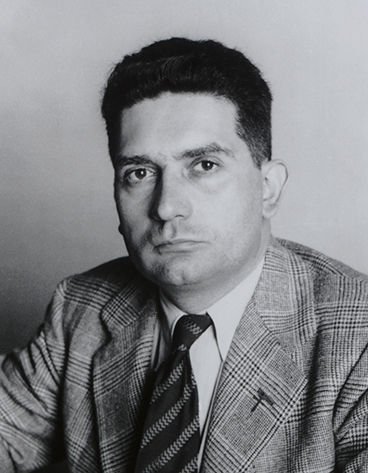
Jacques Soustelle, directeur général de 1944 à 1945. © DGSE

André Dewavrin, directeur général de 1945 à 1946. © DGSE
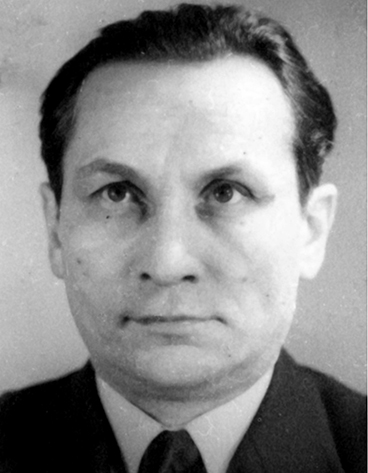
Henri Ribière, directeur général de 1946 à 1950. © DGSE
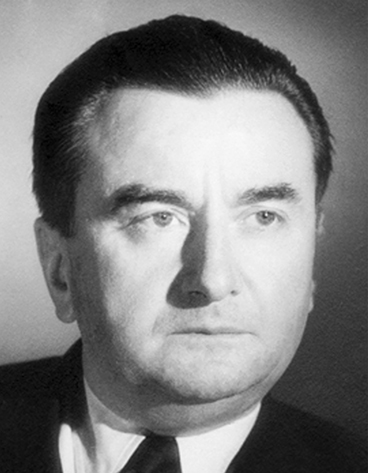
Pierre Boursicot, directeur général de 1950 à 1957. © DGSE
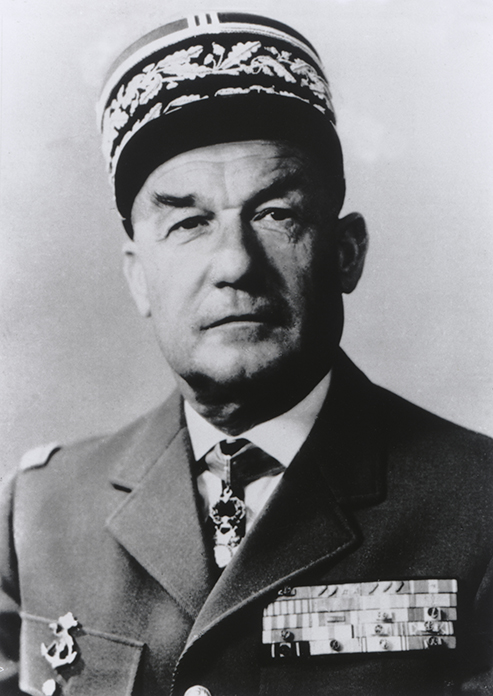
Paul Grossin, directeur général de 1957 à 1962. © DGSE
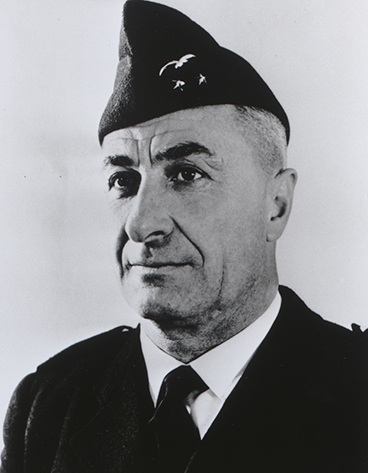
Paul Jacquier, directeur général de 1962 à 1966. © DGSE
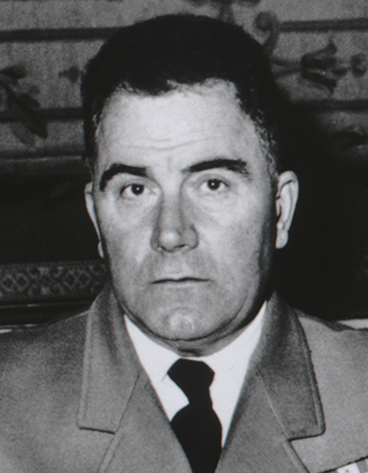
Eugène Guibaud, directeur général de 1966 à 1970. © DGSE
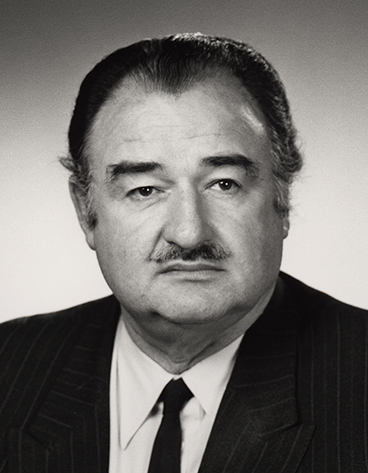
Alexandre de Marenches, directeur général de 1970 à 1981. © DGSE
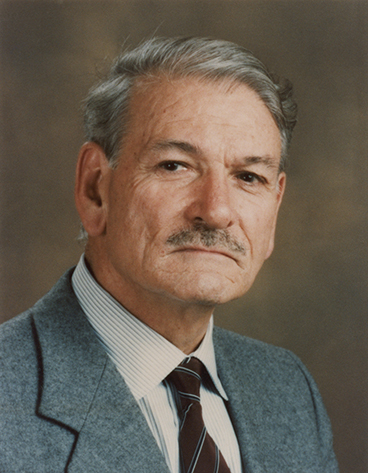
Pierre Marion, directeur général de 1981 à 1982. © DGSE
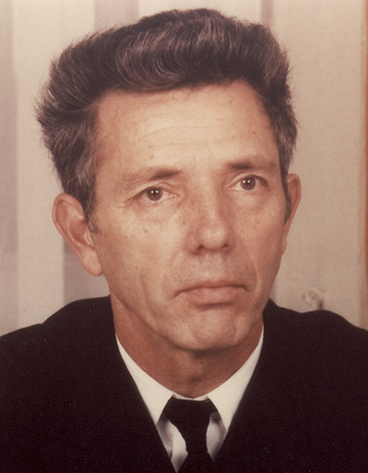
Pierre Lacoste, directeur général de 1982 à 1985. © DGSE
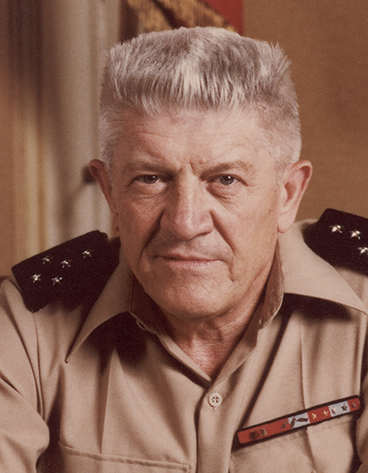
André Imbot, directeur général de 1985 à 1987. © DGSE
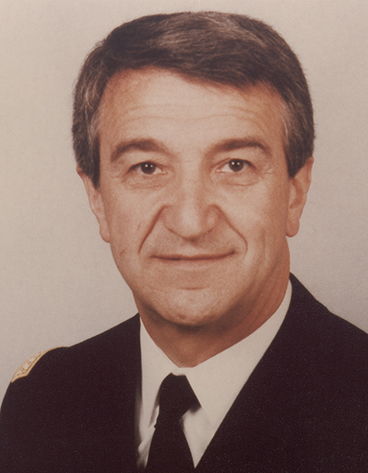
François Mermet, directeur général de 1987 à 1989. © DGSE
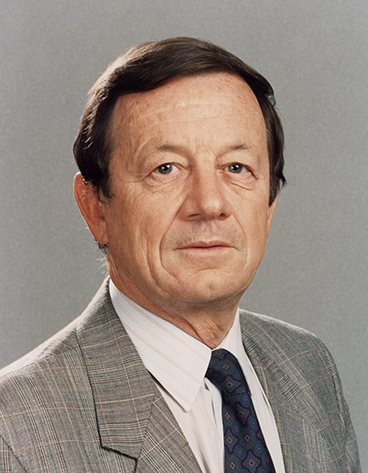
Claude Silberzahn, directeur général de 1989 à 1993. © DGSE
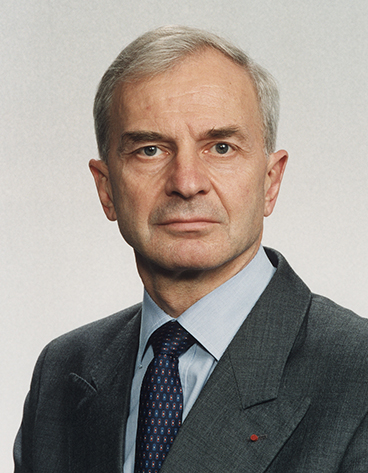
Jacques Dewatre, directeur général de 1993 à 2000. © DGSE
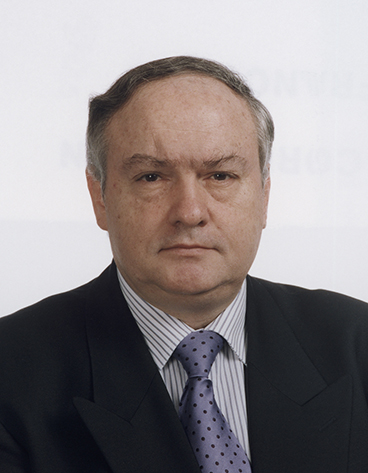
Jean-Claude Cousseran, directeur général de 2000 à 2002. © DGSE
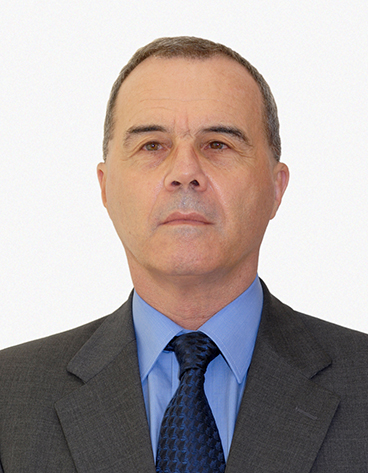
Pierre Brochand, directeur général de 2002 à 2008. © DGSE
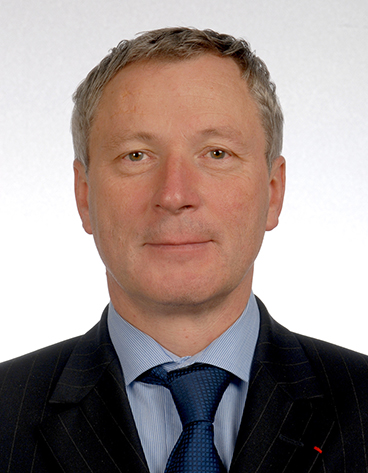
Erard Corbin de Mangoux, directeur général de 2008 à 2013. © DGSE
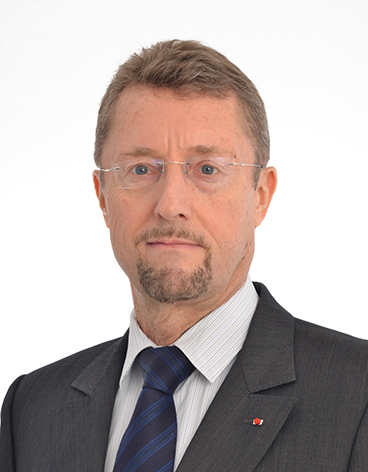
Bernard Bajolet, directeur général de 2013 à 2017. © DGSE

